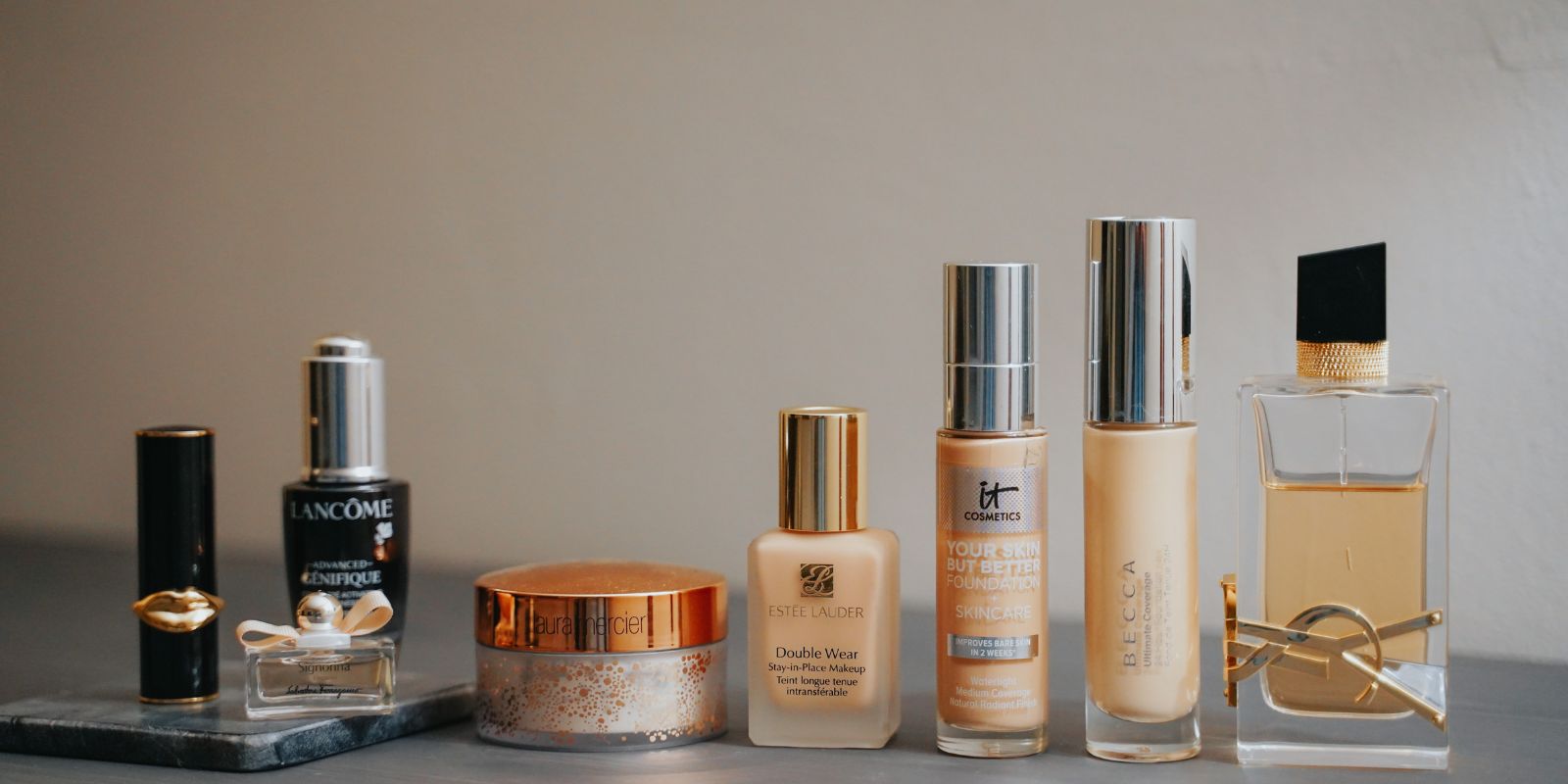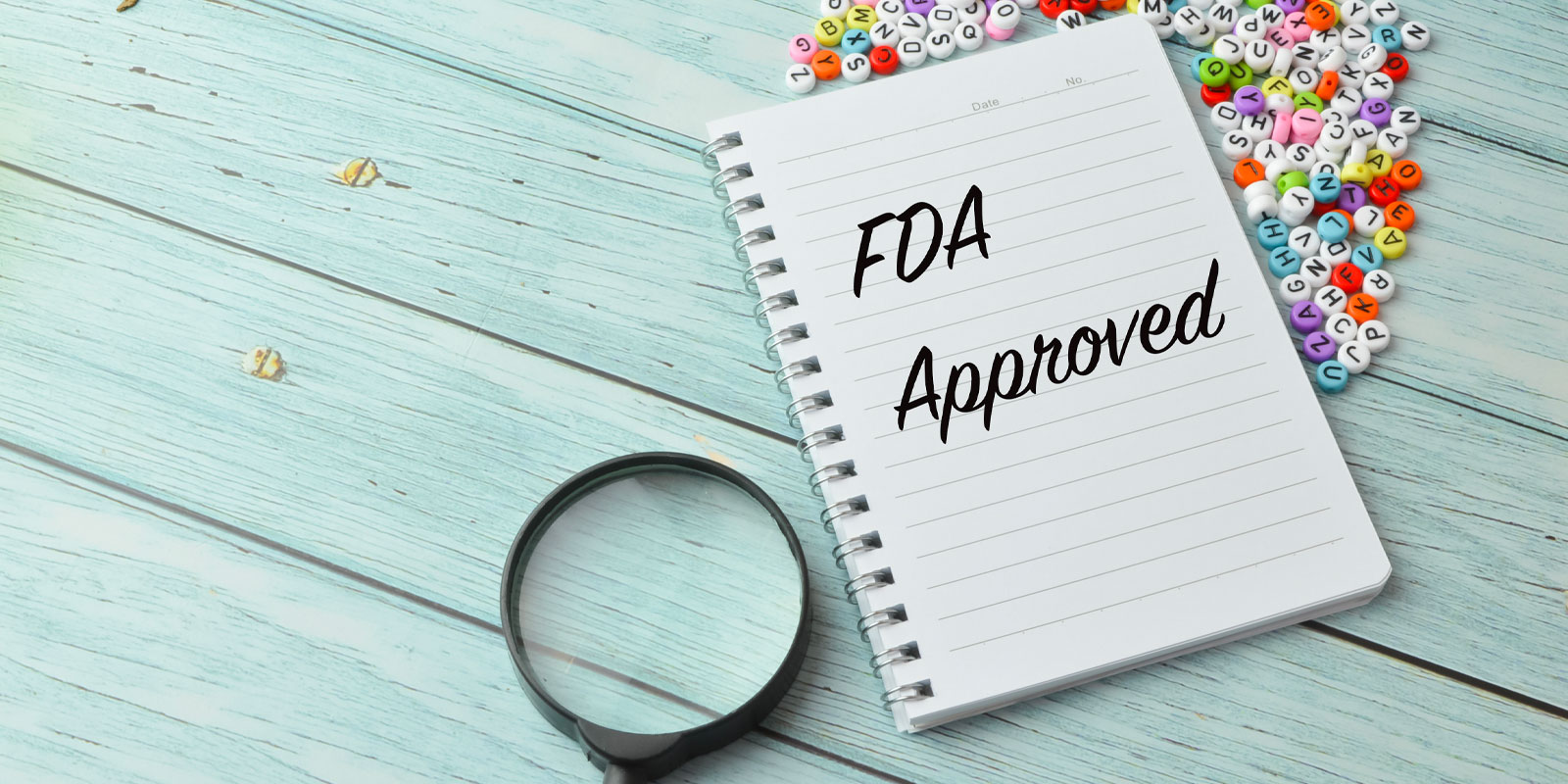The cosmetics industry is one of the popular industries where every person spends a good amount of money. Did you know that US consumers spend 89.7 billion on cosmetics products annually? There are 4,305 cosmetic and beauty products manufactured in the US, and ensuring all of them comply with the cosmetic regulation rules by the FDA to ensure the safety of the consumers can be quite a challenge.
The Modernization of Cosmetics Regulation Act (MoCRA) is the most significant update to the Federal Food, Drug, and Cosmetic Act (FDCA) regarding cosmetics since 1938. It means this brings the regulations for cosmetics more in line with other products the FDA regulates.
Let’s look at a detailed view of MoCRA, including its key provisions, current status (as of 2024), and potential implications for the future of cosmetics regulation in the US.
Disclaimer: This blog post derives information from the U.S. Food and Drug Administration (FDA) website and is updated as of March 1st, 2024. Do refer to the FDA website for final and updated information regarding regulations. Artwork Flow is a software designed to streamline compliance for brands, not a service providing legal or regulatory advice.
What is MoCRA?
With the cosmetics industry booming and your consumers being conscious about their skin and health, you must produce high-quality cosmetics. The Modernization of Cosmetics Regulation Act is a regulatory framework that requires cosmetic manufacturers to follow new FDA registration and listing requirements, labeling rules, enforcement authority, and good manufacturing practices (GMP) requirements, among other regulatory obligations. In a nutshell, it is an extension of FDCA to ensure that your cosmetic products are even safer.
This law gives the federal government authorities more power to check on cosmetic factories and make sure they're clean and follow safety guidelines. The label on your product tells what's exactly inside and if there are any potential allergy triggers. This means that your consumers will be more likely to trust your brand if your product labels are clear.

Key provisions of MoCRA
From ensuring the safety of your product to carrying transparency about ingredients on the label, here are some of the key provisions of MoCRA that you must follow.
1. Facility registration and product listing
- Facility registration: Register your facilities with the FDA and renew their registration every two years. They have to be registered within a year of the act or 120 days of the product launch.
- Product listing: The manufacturer, packer, or distributor of a cosmetic product must ensure each cosmetic product sold with the FDA includes product ingredients, and provide any updates annually. This provides better oversight and allows the FDA to track compliance.
2. Labeling compliance
FDA regulations state cosmetic products need to be labeled with a listing of ingredients, statement of identity, net quantity of contents, and name and place of business of manufacturer, packer, or distributor. With the updated MoCRA regulations, the list expands to include:
- Domestic contact information: Labels must include a contact address within the US for reporting adverse events associated with the product.
- Disclosure of fragrance allergens: Potential allergens must be readily identifiable on the label.
- Professional cosmetic labels: For cosmetic products to be used by only licensed professionals, a notice has to be given.
3. Adverse event reporting and record keeping
MoCRA establishes there must be a person liable for reporting serious or adverse events involving cosmetic products such as infections or disfigurement which includes rashes, hair loss, third-degree burns, etc.
The incident must be reported within 15 days of the occurrence and any related report must be kept with the *“responsible person” for 6 years.
*FDA guidance uses the term “Responsible person” as an alternative to "manufacturer, packer, or distributor."
4. Safety substantiation
MoCRA requires manufacturers to have evidence that a product is safe for its intended use under labeled conditions. This nurtures the healthy practice of responsible product development and ensures manufacturers have a scientific basis for claiming their products are safe.
5. Mandatory recall authority
MoCRA grants the FDA the authority to order recalls of unsafe cosmetic products in situations where public health risks are identified. This empowers the FDA to take direct action to remove potentially harmful products from the market.
6. Good Manufacturing Practice (GMP) requirements
The FDA is required to establish proposed rules for GMPs for cosmetics by December 29, 2024. These rules will align with minimum domestic and international quality standards for manufacturing processes ensuring consistent product quality and minimizing adulteration risks.
Other key provisions
- Small business considerations: Small businesses are excluded from certain regulations. FDA decrees that small businesses with an average gross annual sales for the last three years totaling less than 1 million dollars shall be exempted from GMP, facility registration, and product listing. This applies only if they are not involved in the processing of cosmetics that are regularly exposed to the eyes, are meant for internal use, or alter the appearance for more than 24 hours under customary conditions.
- Talc and PAFS: MoCRA directs the FDA to develop standardized testing methods for detecting asbestos in talc-containing cosmetics. Similarly, the FDA must analyze and present scientific evidence on the safety and use of Perfluoroalkyl and Polyfluoroalkyl Substances (PFAS) in cosmetic products within three years of the Act’s enactment (by Dec 2025).
MoCRA updated requirements and current deadlines
How does MoCRA impact the cosmetics industry?
The MoCRA itself does not directly simplify regulatory compliance for the cosmetics industry; however, it indirectly promotes transparency and organization in the regulatory landscape through the following ways:
1. Clearer regulations
MoCRA defines specific requirements for the industry, such as facility registration, product listing, and labeling. This provides clarity for manufacturers and distributors, eliminating ambiguity about expectations and reducing the risk of unintentional non-compliance.
2. More costs
Implementing MoCRA's regulations, including facility registration, data submission, and potential changes to manufacturing practices, can come with increased costs for businesses. Smaller players in the industry might face challenges in adapting to these financial requirements.
3. Rigorous ingredient control
With the new regulations, there are no loopholes for brand owners over the ingredients they use in their products. To comply with MoCRA, manufacturers must assess all the ingredients for potential health and environmental risks, provide precise details of ingredient sourcing and traceability, and rebuild products to exclude the use of restricted substances.
4. Standardized labeling
MoCRA has mandated that cosmetic brands have to disclose ingredients and potential allergens which can lead to clear and consistent labeling for cosmetic products. This helps consumers to easily compare products and make informed choices.
5. Increased transparency
By requiring various forms of data submission and record-keeping, MoCRA promotes transparency within the industry. This allows the FDA to better understand and monitor the industry, potentially leading to more targeted and efficient regulations in the future.
6. Improved brand reputation
There is a growing awareness among consumers. If your cosmetic brand faces non-compliance issues or produces unsafe products, the reputation of the brand is at stake. Brands that follow all regulations and proactively share their safety measures and quality standards with consumers can gain consumer confidence.
How Artwork Flow’s ComplyAI can help
Overall, MoCRA defines a significant shift for the cosmetics industry in the US. While it requires more costs and adjustments for companies to become compliant, it also aims to improve consumer safety and pave the way for future innovation in the industry. The complete impact of MoCRA will become clearer as the regulations are finalized and implemented over time.
MoCRA compliance is complex and involves multiple regulations and interpretations. So, to simplify the complex process and stay ahead of the game, Artwork Flow’s AI-led label compliance solution is here for you! Its ComplyAI feature can help you with various aspects of MoCRA compliance for the cosmetics industry.
Areas where ComplyAI can be helpful:
1. Allergen labeling requirements: With the updated regulations regarding allergen labeling by MoCRA, ComplyAI easily flags if your cosmetic product label is missing any allergens.
2. Label review: Send out your cosmetic products without worrying about missing out on the domestic address, domestic telephone number, or electronic contact information of your cosmetic company on the label. ComplyAI highlights if you’re missing this requirement.
3. Ingredient compliance: ComplyAI helps you identify ingredients in your cosmetic formulations and check them against MoCRA regulations and restrictions related to traceability and ingredient sourcing.

ComplyAI can be a supportive tool in your MoCRA compliance efforts by offering the functionalities mentioned above. To learn more, book a demo with the team.
FAQs
1. What if my original address is not based out of the US?
If you don’t have a US Address, the Global Coalition for Regulatory Science Research (GCRS) can provide US contact services, and they will communicate with the FDA on your behalf.
2. My company is already compliant with UK and EU regulations. Should I be worried about MoCRA while selling our cosmetics in the US?
The cosmetic market in the EU and UK has some of the strictest regulations. If you have a PIF (Product Information File) and CPSR (Cosmetic Product Safety Report) that are fully compliant, chances are you will only need to update your artwork to comply with US regulations and list your cosmetic product.
3. What registrations are required for a manufacturer that produces both standard and OTC cosmetics?
Two distinct registrations need to be completed by manufacturers and processors that produce both standard (general) cosmetics and over-the-counter (OTC) cosmetics: one for cosmetic facilities and one for pharmaceutical facilities.
4. Where can I find more information?
The FDA website is your best resource for the latest MoCRA regulations and guidance documents. Always refer to it before making a regulatory decision.

.svg)
.svg)






.png)

.jpg)





.webp)



